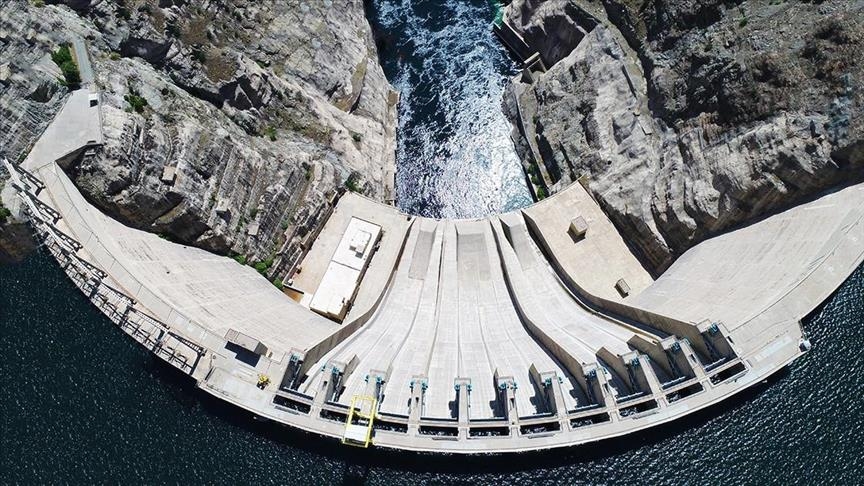Pumped storage technology powers hydroelectricity

Total hydroelectric installed capacity is projected to increase by over 154 gigawatts in the 2025-2030 period – with pumped storage hydroelectric power plants accounting for the largest share of this growth.

- Published October 22, 2025 16:10
With solar and wind energy reaching record levels in global markets, the need for increased system flexibility is driving global hydropower investments back into a period of growth.
According to information compiled by an Anadolu Agency (AA) reporter from the International Energy Agency's (IEA) "Renewable 2025" report, hydroelectricity production is projected to increase by approximately 7 percent between 2025 and 2030. It's estimated that much of this increase will stem from new projects being commissioned in emerging and developing economies.
However, hydroelectricity's share of global electricity generation is expected to decline to 14 percent and its share of total renewable energy to 30 percent by 2030. This represents a significant decline from levels exceeding 80 percent 20 years ago.
Meanwhile, total hydroelectric capacity is expected to increase by over 154 gigawatts over the next five years. Pumped storage hydroelectric (PSH) plants are expected to account for the largest share of this growth, emphasizing that as the share of renewable energy in global electricity generation increases, hydroelectricity's role in providing uninterrupted and flexible power will become even more important.
By 2030, annual PSH additions are projected to double to 16.5 gigawatts, while total new installations are projected to exceed 36 gigawatts, a 40 percent increase compared to last year's estimates.
In 2023 and 2024, PHS investments surpassed those of conventional hydropower. This trend was driven by the increasing need to balance variable solar and wind generation.
China leads global pumped storage investments
The report projects that China alone will account for more than 60 percent of the total PSH capacity increase thanks to its large-scale grid investments and the rapid commissioning of solar and wind projects.
While investments are accelerating in Spain and Austria in Europe, India and Southeast Asian countries are also taking steps to increase grid reliability with new projects.
In Africa, the Grand Ethiopian Renaissance Dam in Ethiopia, the Julius Nyerere Hydroelectric Power Plant in Tanzania, and the Caculo-Cabaça projects in Angola are prominent examples. In Latin America, hydropower remains the region's most important renewable energy source, despite solar power. The 2.4 gigawatt Ituango project in Colombia is cited as one of the largest examples.
The report highlights that pumped storage power plants, in particular, will play an increasingly critical role in grid stability as variable renewables approach two-thirds of global electricity generation by 2030.
Approximately 80 percent of new renewable energy capacity commissioned by 2030 will come from solar energy, while onshore wind installations are projected to increase by 45 percent over the next five years. Bioenergy and geothermal energy will also continue to provide flexible capacity to the system, with projects underway in the US, Indonesia, Japan, Turkey, Kenya, and the Philippines expected to triple geothermal capacity by 2030.
According to the report, when hydroelectric, bioenergy, geothermal, solar and wind resources are evaluated together, the share of renewable energy in global electricity production is projected to rise from 32 percent in 2024 to 43 percent in 2030.
AA
petroturk





